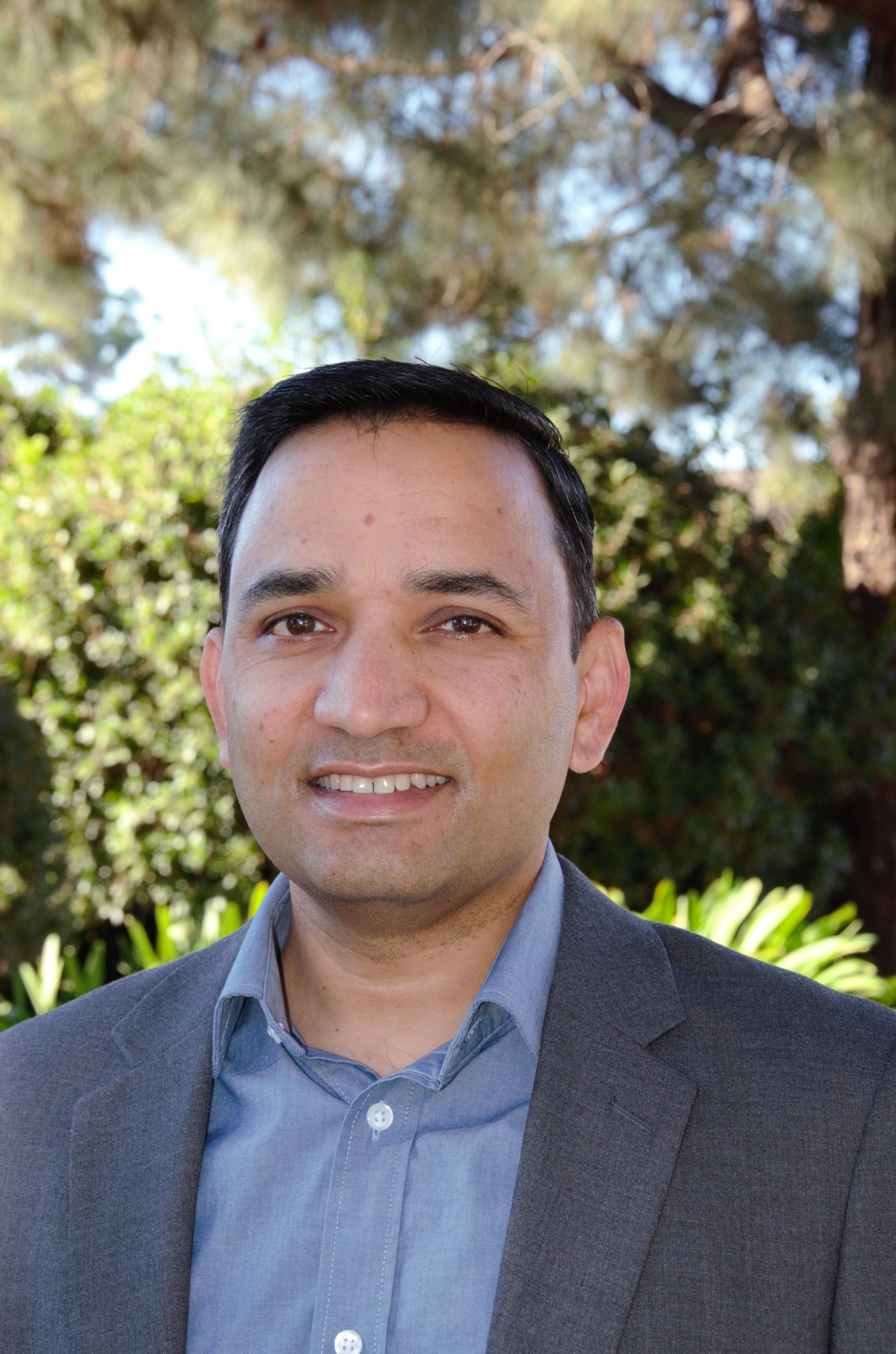Edge Executive Interview – David Carrera, Nearby Computing
 In the lead up to Edge Computing World, we’re taking some time to speak to key Executives from the leading companies supporting the show. Today we’re talking to David Carrera is CTO, Chairman, and co-founder of NearbyComputing.
In the lead up to Edge Computing World, we’re taking some time to speak to key Executives from the leading companies supporting the show. Today we’re talking to David Carrera is CTO, Chairman, and co-founder of NearbyComputing.
Tell us a bit about yourself – what led you to get involved in the edge computing market and NearbyComputing?
DC: David Carrera is CTO, Chairman, and co-founder of the start-up NearbyComputing, a spinoff of the Barcelona Supercomputing Center (BSC). He holds a PhD in Computer Science (2008). He has published more than 100 peer-reviewed papers in topics related to datacentre optimization and workload orchestration. In 2015 he was awarded an ERC Starting Grant (2015-2020), an ICREA Academia award (2015) and an ERC Proof of Concept grant (2017). At BSC he led several industrial projects and collaborations with IBM, Microsoft, Intel and Cisco among others. In 2018 he was awarded a medal in the Agustín de Betancourt prize for young researchers by the Spanish Royal Academy of Engineering. He was a post-doc Visiting Research Scholar at IBM Watson (Yorktown, NY) in 2012.
As indicated above, NBY is a spin off the Barcelona Supercomputing Center and for many years BCN has been delivering numerous R&D projects across Spain. As our project got more recognition in the Spanish market, our key tech partners like Intel and Cisco provided us the impetus to spin off from BCN and start Nearby Computing as an industry leader to enable the edge using Orchestration and Automation of MEC and 5G.
What is it you & your company are uniquely bringing to the edge market?
DC: We enable the edge. What we offer is an orchestration platform that is built for speed, performance, and availability for your latency-sensitive, data-intensive and mission critical applications. Our flagship product is the NearbyOne, which I believe is the most complete end-to-end Orchestrator currently available in the market now. Not only are we fully agnostic, but unlike other companies in this field, who are very domain specific, we are able to do cross-domain orchestration touching all 3 aspects – infrastructure, network, and applications. It can operate in all tiers of the network, from Cloud and Data Center to Edge, from a single pane of glass,
With the single pane of glass and nZTP feature, the customers can dynamically provision, allocate resources, and manage the lifecycle of the edge nodes while also provisioning VNFs/CNFs and applications on the fly. Thereby, bridging the gap between the Network and IT space. Moreover, the multi-tenancy capability allows different business units to monitor, manage, and deploy applications based on demand. Lastly, the vendor agnostic nature of the solution on both the hardware and software level enables flexible deployments eliminating vendor locking. These characteristics ensure that the solution provides an unparalleled comprehensive approach in performing orchestration across all technologies from IoT, Fog, MEC and even deployment of Telco Edge-Cloud for private vEPC and 5GC networks. The solution also supports uCPE and SD-WAN deployment for customers to securely route traffic and connect sites across the WAN.
All these wide range of capabilities and the modularity of the solution results to better flexibility in offering a tailored solution based on the needs and demands of different customers from small scale to large scale environments.
Tell us more about the company, what’s your advantages compared to others on the market, who is involved, and what are your major milestones so far?
DC: We are relatively a small company, but an innovator when it comes to helping Telcos & Enterprise customers unleash the potential of Edge Computing through Orchestration and Automation of MEC and 5G. Our goal is to ensure edge adoption will be rampant across enterprises and telcos. Our advantages are linked directly to the features and capabilities of NearbyOne. We are far ahead of everyone in this domain. As an example, from infrastructure provisioning to deploying workloads on the edge can be attained by us in less than 20 minutes. No one in the market currently offers such speed and flexibility. Full MEC stack deployment in 5 steps – YouTube
We can easily orchestrate a multitude of applications that are pre-integrated into NearbyOne, and they include Gaming as a Service, CDN, Satellite Backhauling, Safety & Security (vehicles and people), Traffic Management, Drones & Unmanned Vehicles Management, AE/VR Apps for Connected Workers etc.
From a milestone perspective:
We have completed numerous pilots and proof concepts with both Tier and 2 operators in EMEA.
Last mile of contact signing with the nr 1 operator in the middle east, to deploy Telco Edge network.
We are involved with numerous smart city uses cases in Europe leveraging critical smart applications on the edge that is latency sensitive and has immense mission criticality
Projects in Industry 4.0, Energy and Ports across EU and Asia
GTM Perspective:
Global strategic partnerships with Intel, Lenovo to target leading enterprises and accounts in all corners of the globe.
Partnership with key technology company for joint GTM and creating new solutions to target specific industries.
How do you see the edge market developing over the next few years?
DC: Edge Computing is enabling amazing things in government, enterprises, and industries. As you know edge computing tackles a growing demand to address lower latency, process the growing amount of data on the edge and support resilience to network disconnection. It is broad enough to support many submarkets, but it will evolve from supporting thousands of custom patterns to merely dozens, with cloud providers taking an important role all the way to the edge or complementing edge solutions. It is imperative that enterprises prioritize a distributed cloud-based solution as the default and future-proof edge solutions by relying on partnerships and ecosystems over a single-vendor approach. Edge computing will be the single driver that will take enterprise and telco towards the next generation of connectivity and efficiency, driving another wave of industry growth.
Though challenges and headwinds exist, we believe that the edge is poised to transform the computing landscape, propelling the world’s largest technology companies toward the next generation of connectivity and operational efficiency. By bringing powerful computing capabilities closer to where data originates and needs to be consumed, the edge unlocks the potential for faster, less expensive, and more secure operations in everything from autonomous vehicles to virtual reality to the Internet of Things (IoT)—helping to accelerate the Fourth Industrial Revolution.
Why is the edge important for Telco and Enterprises if you ask? For businesses with data-driven use cases, the edge can offer the following key capabilities:
a) More efficient use of bandwidth and greater network visibility, which can lower costs
b) Resilience against poor, unreliable, and lost connectivity due to lower dependency on wide area networks (WANs)
c) More control over data triage, normalization, residency, and privacy through the ability to keep more data local rather than needing to transmit it across the network to the core
d) Support for your latency-sensitive, data-intensive and mission critical applications
e) Greater automation and autonomy
With these capabilities, the edge can add greater visibility across operations, support faster data analysis and real-time response, and enable better automation and more dynamic systems. If certain microservices require very low latency and high security, such as facial recognition for facility access, they can execute at the edge rather than in the cloud. This can enable much tighter decision loops, reducing the costs and security risks of network transit: The edge can send the most important bits to the core and the core can manage the edge.
What are the main trends you see about integrating edge computing into different verticals?
JC: Telco: The adoption is low, as EC is still in a grey area. They haven’t hacked the path to monetization yet.
For now, its only large scale pilots that are being carried out globally from a Telco Edge perspective, but there are more opp when the Telcos offer an Enterprise MEC / Edge solution to their end customers.
Enterprises: There are a few industries who are ahead of everyone else and have been early adopters of Edge Computing. These being Industry 4.0, Oil & Gas and Ports and Container Terminals.
Our main focus for Y2022 and Y2023 will be Enterprises, and Telcos once they realize this higher adoption by enterprises, will not want to miss the boat and will come up with new models and new revenue streams
Thanks David – Looking forward to hearing more from Nearby Computing at the event !




